How To Connect P2p Wifi Camera ?
To connect a P2P WiFi camera, you typically need to follow these steps:
1. Install the camera: Mount the camera in the desired location and connect it to a power source.
2. Download the camera's mobile app: Search for the camera's brand-specific mobile app on your smartphone or tablet and download it from the app store.
3. Create an account: Open the app and create a new account using your email address or phone number.
4. Connect the camera to your WiFi network: Follow the app's instructions to connect the camera to your WiFi network. This usually involves scanning a QR code or entering your WiFi network details.
5. Enable P2P mode: Once the camera is connected to your WiFi network, go to the camera settings in the app and enable P2P mode. This allows the camera to establish a direct connection with your mobile device.
6. Connect to the camera: In the app, select the camera from the list of available devices and follow any additional prompts to establish a connection.
Once the connection is established, you should be able to view the camera's live feed and access its settings through the app.
1、 Setting up the camera's Wi-Fi connection
Setting up a P2P (peer-to-peer) Wi-Fi camera connection is a relatively straightforward process. Here's a step-by-step guide on how to connect a P2P Wi-Fi camera:
1. Install the camera: Begin by installing the camera in the desired location. Ensure that it is within range of your Wi-Fi network and has a power source.
2. Download the camera's app: Most P2P Wi-Fi cameras come with a dedicated app that allows you to control and monitor the camera. Download the app from the App Store or Google Play Store onto your smartphone or tablet.
3. Create an account: Open the app and create an account if required. This step may vary depending on the camera brand and model.
4. Connect the camera to Wi-Fi: Follow the app's instructions to connect the camera to your Wi-Fi network. Typically, this involves selecting the camera from the app's device list and entering your Wi-Fi network's SSID and password.
5. Pair the camera with your device: Once the camera is connected to Wi-Fi, use the app to pair it with your smartphone or tablet. This step may involve scanning a QR code or entering a unique camera ID.
6. Adjust camera settings: After the camera is successfully paired, you can customize its settings through the app. This includes adjusting motion detection sensitivity, setting up alerts, and configuring recording options.
7. Test the connection: Finally, test the camera's connection by accessing the live feed through the app. Ensure that the camera is capturing and transmitting video properly.
It's worth noting that the process may vary slightly depending on the specific camera model and app you are using. Always refer to the camera's user manual or manufacturer's website for detailed instructions.
In recent years, advancements in P2P technology have made connecting Wi-Fi cameras even more user-friendly. Many cameras now feature automatic Wi-Fi setup, where the camera connects to your network with minimal user intervention. Additionally, some cameras offer voice control integration, allowing you to connect and control the camera using voice commands through virtual assistants like Amazon Alexa or Google Assistant.
Overall, setting up a P2P Wi-Fi camera connection has become increasingly streamlined, making it accessible to users of all technical backgrounds.

2、 Connecting the camera to your smartphone or computer
To connect a P2P WiFi camera to your smartphone or computer, you will need to follow a few simple steps. Here is a step-by-step guide on how to do it:
1. Install the camera: Start by installing the camera in the desired location. Make sure it is within the range of your WiFi network.
2. Power on the camera: Connect the camera to a power source and turn it on. Most P2P WiFi cameras have indicator lights that will show when it is powered on and ready to connect.
3. Download the app: Search for the camera's dedicated app in your smartphone's app store or download it from the manufacturer's website. Make sure to choose the correct app for your camera model.
4. Connect to the camera: Open the app and follow the instructions to connect the camera to your WiFi network. This usually involves selecting the camera from a list of available devices and entering your WiFi network's password.
5. Pair the camera with your smartphone or computer: Once the camera is connected to your WiFi network, you will need to pair it with your smartphone or computer. This is usually done by scanning a QR code or entering a unique code provided by the camera.
6. Access the camera: After the pairing process is complete, you should be able to access the camera's live feed and control its settings through the app on your smartphone or computer.
It is worth noting that the latest point of view in connecting P2P WiFi cameras is the increasing use of cloud-based services. Many manufacturers now offer cloud storage options, allowing you to store and access recorded footage remotely. This eliminates the need for a dedicated computer or storage device and provides added convenience and security. Additionally, some P2P WiFi cameras now support voice control through virtual assistants like Amazon Alexa or Google Assistant, enabling you to control the camera with simple voice commands.

3、 Configuring the camera's network settings
To connect a P2P WiFi camera, you need to configure the camera's network settings. Here is a step-by-step guide on how to do it:
1. Install the camera: Start by physically installing the camera in the desired location. Ensure it is within range of your WiFi network.
2. Power on the camera: Connect the camera to a power source and wait for it to power on. Most cameras have a light indicator that will turn on when it is ready.
3. Download the camera's app: Search for the camera's app in your smartphone's app store and download it. Make sure to choose the correct app for your camera model.
4. Connect the camera to your smartphone: Open the app and follow the on-screen instructions to connect the camera to your smartphone. This usually involves scanning a QR code or entering a unique camera ID.
5. Configure network settings: Once the camera is connected to your smartphone, you can configure its network settings. This typically involves selecting your WiFi network from a list of available networks and entering the network password.
6. Connect to the camera remotely: After configuring the network settings, you should be able to access the camera remotely using the app. This allows you to view the camera's live feed, adjust settings, and receive notifications.
It's important to note that the process may vary slightly depending on the camera model and app you are using. Always refer to the camera's user manual or manufacturer's website for specific instructions.
In recent years, some P2P WiFi cameras have introduced advanced features such as voice control and integration with smart home devices. These features may require additional setup steps, so be sure to check the camera's documentation for guidance.
Overall, connecting a P2P WiFi camera involves installing the camera, downloading the app, connecting the camera to your smartphone, and configuring the network settings. Once set up, you can enjoy the convenience of accessing your camera remotely and monitoring your space from anywhere.

4、 Establishing a peer-to-peer connection between devices
To establish a peer-to-peer (P2P) connection between devices for a WiFi camera, follow these steps:
1. Ensure that both the camera and the device you want to connect to (e.g., smartphone, tablet, or computer) are connected to the same WiFi network.
2. Install the camera's mobile app or software on your device. This app or software will vary depending on the brand and model of the camera. You can usually find it on the manufacturer's website or app store.
3. Open the app or software and create an account if required. Follow the on-screen instructions to set up the camera and connect it to your WiFi network. This typically involves scanning a QR code or entering the WiFi network credentials.
4. Once the camera is connected to the WiFi network, it will generate a unique P2P ID or QR code. This ID is used to establish a direct connection between the camera and your device.
5. On your device, go to the app or software's settings and look for an option to add a new camera or device. Select the P2P connection option and enter the camera's P2P ID or scan the QR code.
6. After entering the P2P ID or scanning the QR code, the app or software will attempt to establish a direct connection with the camera. This may take a few seconds or minutes, depending on the network conditions.
7. Once the P2P connection is established, you should be able to view the camera's live feed, access recorded footage, and control other camera settings directly from your device.
It's important to note that the process may vary slightly depending on the camera brand and model. Always refer to the manufacturer's instructions or support documentation for specific guidance.
In recent years, advancements in P2P technology have made it easier to connect WiFi cameras. Many cameras now come with built-in P2P functionality, eliminating the need for complex network configurations. This allows users to quickly and securely connect their cameras to their devices without the need for port forwarding or static IP addresses. Additionally, some cameras now offer cloud-based P2P connections, enabling remote access to camera feeds and recordings from anywhere with an internet connection. These advancements have greatly simplified the setup process and made P2P connections more accessible to users of all technical levels.


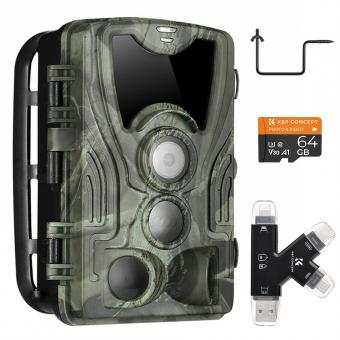






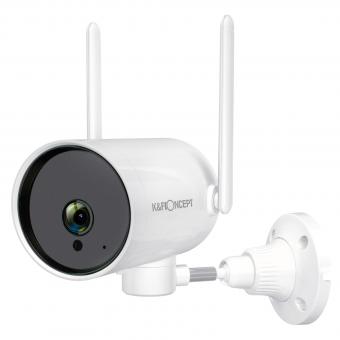
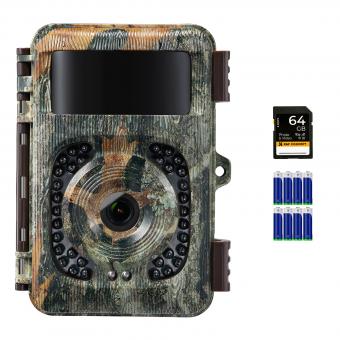
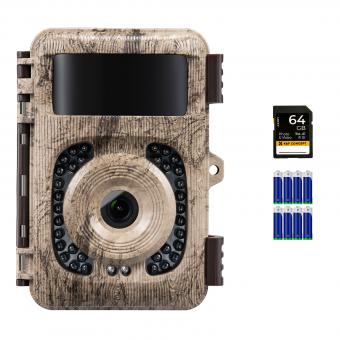



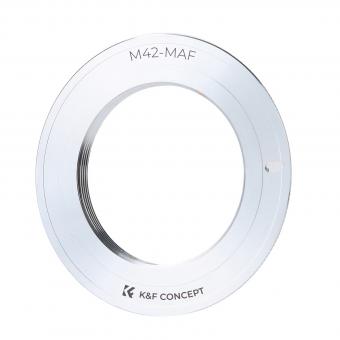
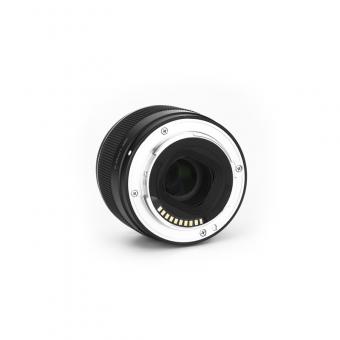









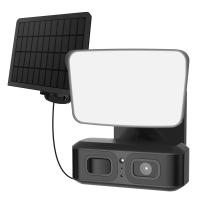

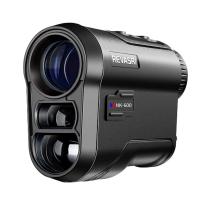
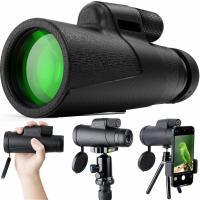


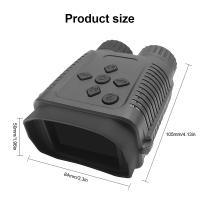


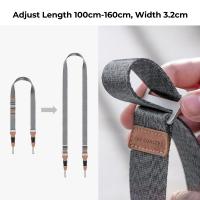




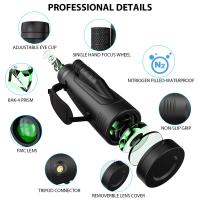

There are no comments for this blog.